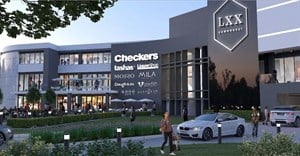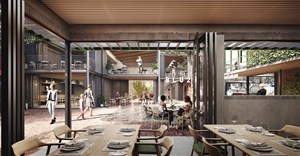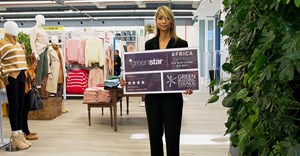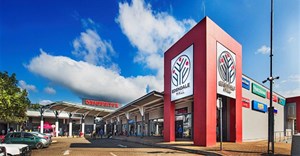
Retail design calls for skills convergence
With the world still suffering from the economic hangover of 2008, economists across the globe are predicting imminent hyperinflation. With too much newly printed money in circulation and our economic growth stunted and tethering on the verge of another recession, retailers in South Africa are certainly under immense pressure to deliver on annual targets and growth.

Throw a highly sophisticated consumer landscape, together with a severely over-traded retail arena, and the demand on the retail space to perform optimally has now gained first place status on many company's Exco agendas.
With terms such as ROI, product density and SKUs now becoming standard speak contained in many store briefs to designers; the traditional designer focus that used to rest predominantly on aesthetics has been relegated to the wings.
High performance retail spaces that positively affect and influence footfall, dwell time and sales are no longer the fundamental factors influencing design decisions made by marketing and research companies. Nowadays, retail store designers require an in-depth and meticulous understanding of natural human behavior in order to create spaces that capitalise on human patterns of movement, impulses and senses. Any superlative retail designer requires a thorough understanding of retail anthropology.
Moreover, if that is not enough, perceptive retailers are now demanding that their designers facilitate these spaces on budgets that can hardly finance a corner cafe. By extension therefore, the expectation on designers to deliver on these new briefs have left most exhausted and lightheaded. 'Design' is simply no longer good enough.
Turnaround time the key
Therefore, with budgets now cut to the marrow, designers only have one other effective tool at their disposal. It is available to all and is free, however it also priceless and dangerous, as once spent, you cannot replace it. This tool is of course 'time', more specifically 'turnaround time'. For the designer who can deliver a high performance functional space ahead of any competitor, the game is on and the opportunities endless.
The divergent specialisation across various design disciplines, including interior design, branding, marketing and project management, has seen a rapid convergence of late with clients requiring world-class delivery of these same services at breakneck and often suicidal speeds.
This has not only forced companies to work together more effectively and with less ego but has also forced many to collapse these services into one business offering under the umbrella of 'store design'. This trend, fanned by the failure of traditional marketing and advertising to reach their target audience, is also fuelling a refocus on the efficiencies of the retail box. How to increase incidental footfall, dwell time, densities and convergence to sale, now belies the design brief of most of the successful retailers.
Having realised the specialisation this new retail landscape requires, the company has spent the last five years developing and redirecting the group towards the singular focus of maximising the efficiencies of the retail box. For example, the company's architecture department made way for highly specialised teams of project managers, cost controllers, procurement officers and construction crews.
This strategy of collapsing and overlapping all these teams into one company, together with the designers, has not only delivered aggressive results on intent, store performance, profitability and efficiency, but has also delivered impressive results on cost savings contributed by and large through much shorter turnaround times.
About Callie van der Merwe
Callie van der Merwe is the CEO of Design Partnership.















